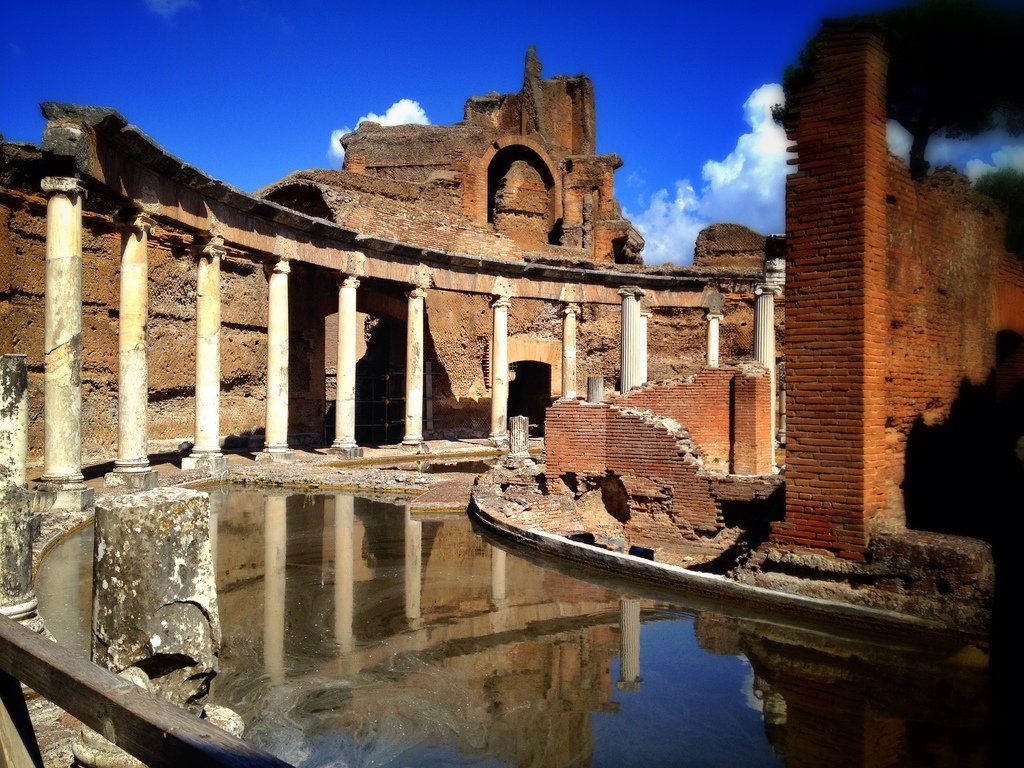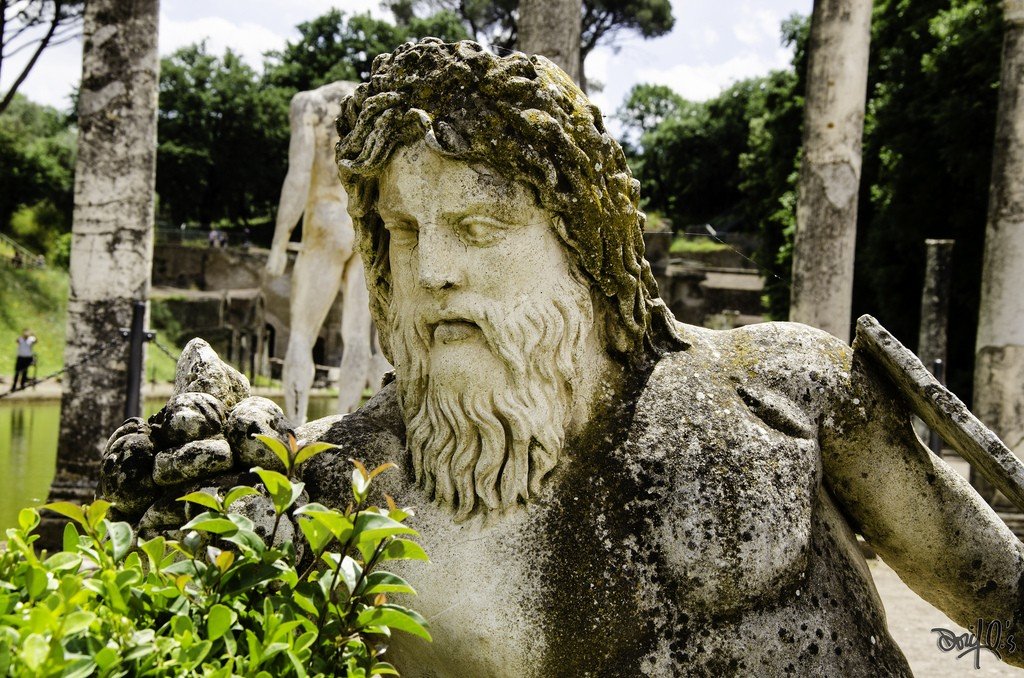Villa Adriana
Villa Adriana is a striking ruin and at the same time one of the most spectacular examples of a Roman garden. It was built for Emperor Hadrian in Tivoli, near Rome, in the early 2nd century.










General information
On a 0.75 square kilometer plot of land, Hadrian reproduced in reduced form those places and monuments which, during his long travels through the empire, made the strongest impression on him. The emperor himself died four years after the villa was completed, and it became the summer residence of all his successors and abandoned under Emperor Constantine, who moved to Byzantium in the 4th century.
.
In the Middle Ages, Villa Hadrian was used as a quarry, but already during the Renaissance excavations were carried out here, although systematic archaeological research began only in 1870, after the estate was taken over by the state.
.
At the entrance to the villa is a model of the original imperial residence – probably the largest such structure of Antiquity.
.At the end of the cypress avenue, visitors first of all see the Pecile, where there were once porticoes surrounding a rectangular pool, the place is reminiscent of the portico of the Stoics in Athens.
.The most unusual building in the villa was probably the circular Teatro Marittimo. In reality, it was not a theater at all, but a small villa erected on an artificial island, which, according to legend, the emperor was particularly fond of.
To the east is the library courtyard of the Cortile delle Biblioteca. Adjoining the imperial palace, the Palazzo Imperiale, is the Piazza d’Oro, a rectangular square surrounded by a portico.
.
In the southwestern part of the villa are the small and large thermae: even today, this intricate labyrinth with a powerful vault perfectly demonstrates the supreme skill of the Romans in the construction of vaults.
.To the south is Canopa, named in memory of the Egyptian city of Canopos. It recalls the sanctuary of Serapis (one of the gods of the Hellenistic world) at Alexandria; it is a 240-meter-long body of water surrounded by arches supported on columns.
On the hill above it is the crescent-shaped temple of Serapis. A small museum displays the remains of sculptural jewelry and other archaeological finds.
